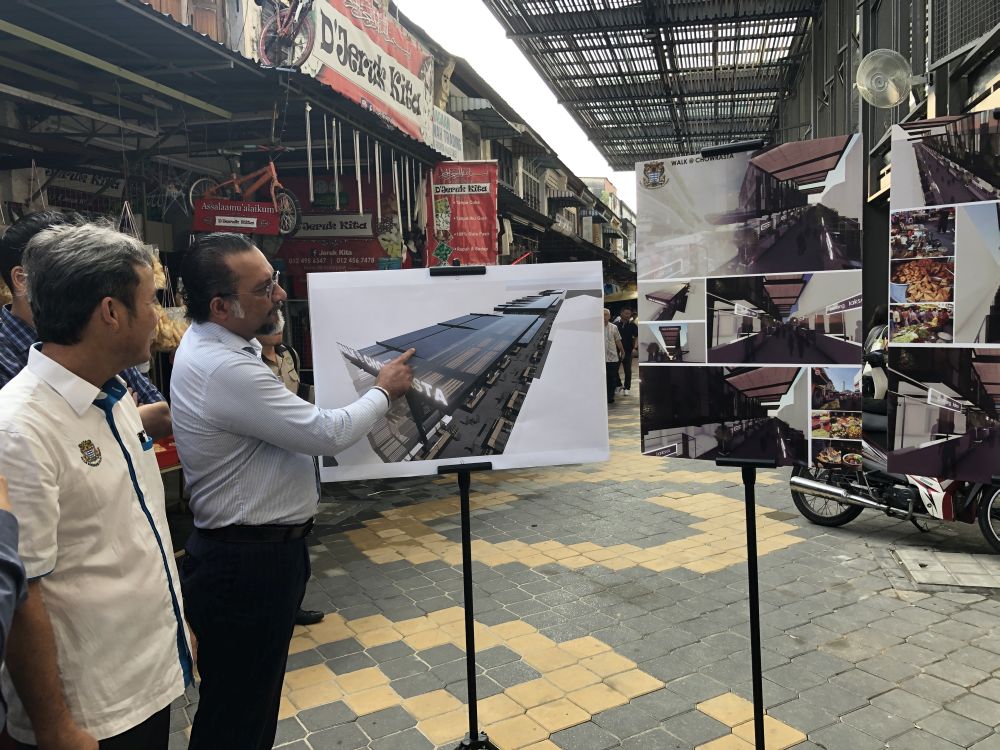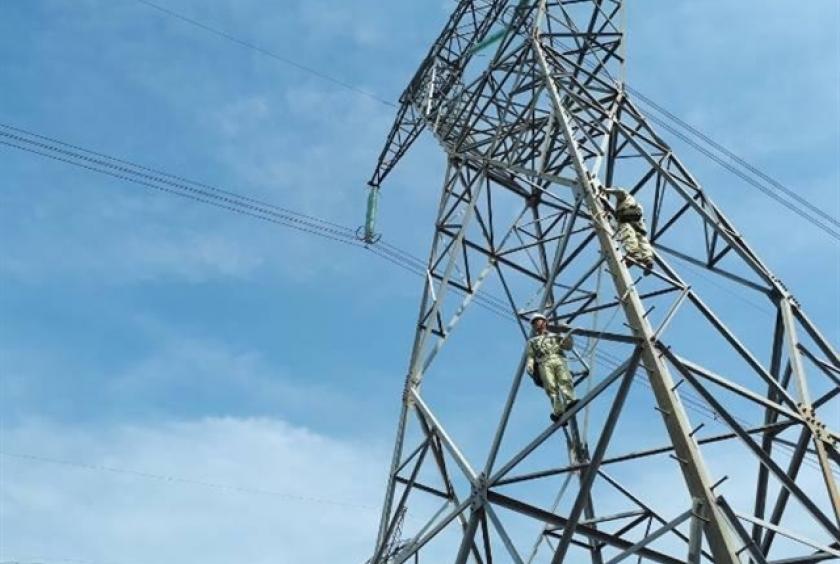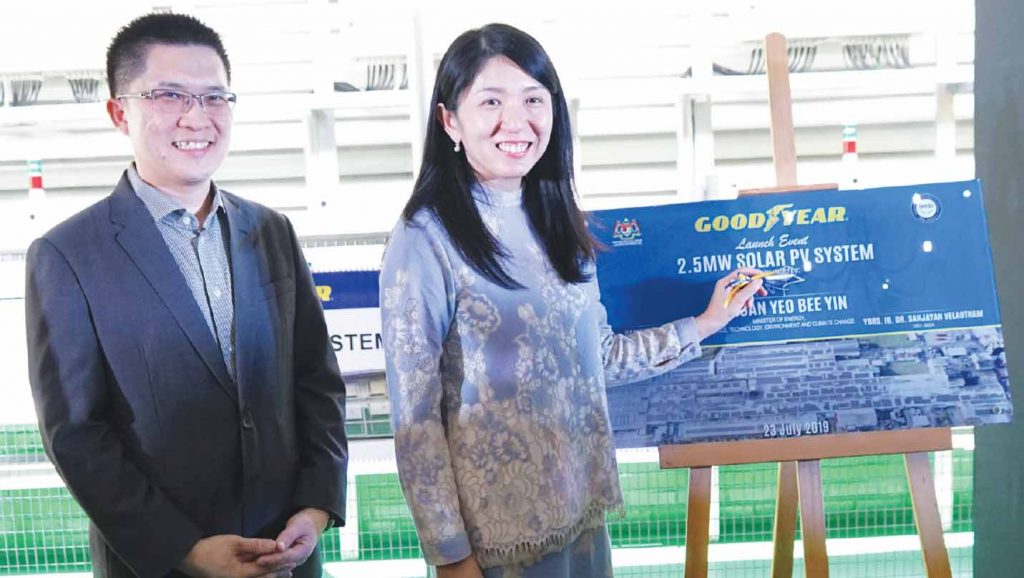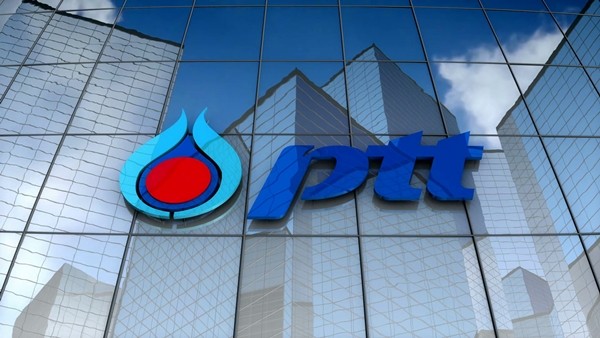- Renewables
–
- Malaysia
The local government, housing development and town and country planning committee chairman said the initiative would both improve the state’s energy efficiency and reduce its power costs.
“I have instructed both local councils in the state to identify more public facilities to expand the solar energy project in line with our green agenda,” he said in a press conference when visiting Walk@Chowrasta this morning.
He said Chowrasta Market is the first market in the country to be green building index (GBI) certified and will soon have solar panels installed along the walkway next to it.
A total of 110 solar panels will be installed on the canopy of the walkway — named Walk@Chowrasta — at a cost of RM180,000 by the MBPP.
Jagdeep said the solar panels will be spread out along the 105m lane and will be completed by October.
He said the panels will save the city council about RM3,000 each month in energy bills at the site and expected to pay for themselves in about six years.
He said the project is one of the many by the local government to benefit the people and ratepayers.
Walk@Chowrasta is the first canopy project on the island to provide shade to market-goers and traders along the lane.
“Walk@Chowrasta is built with rainwater harvesting tank and it can collect up to 9,000 litres of water for irrigation and cleaning works,” he said.
The Walk@Chowrata project was awarded at RM2.5 million through an open tender to contractor Nazareka Sdn Bhd with Perunding YAA Sdn Bhd as the consultant.
The project started on November 1 last year and had been due for completion on April 30, but this has been extended to October 15.
The RM2.5 million was only for the construction of the canopy and does not include the RM180,000 to install the solar panels.
MBPP Mayor Datuk Yew Tung Seang said the city council is now looking at other premises to install solar panels for energy efficiency and to cut energy costs.
“This is part of our green agenda so we will identify more premises to install solar panels and harvest the energy,” he said.
Chowrasta Market was originally a collection of market stalls at the junction of Jalan Penang, Lebuh Tamil, Jalan Kuala Kangsar and Jalan Chowrasta back in the 1890s.
A modern market building was constructed on the site in the 1960s and it was the first market complex with an escalator.
The century-old Chowrasta Market was given a RM13.18 million facelift several years ago and the newly renovated complex was opened in late 2016.










